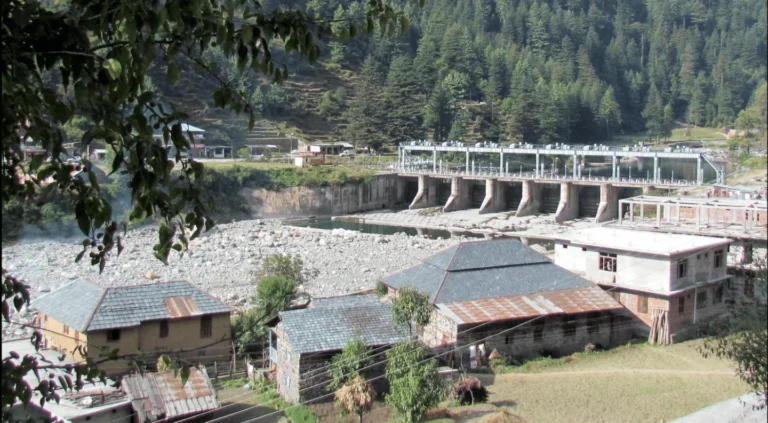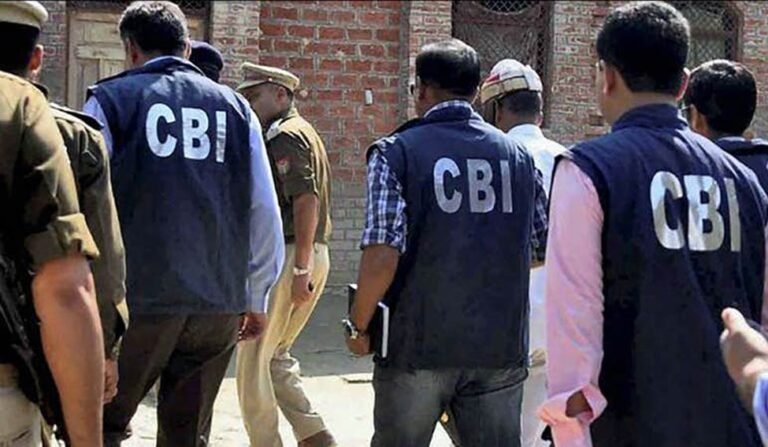Emergence of First Cities
Urbanisation is one of the primary characteristics of the Bronze Age. In this topic, we will learn about Cities its nature and urbanisations.
The association with urbanisation is one of the primary characteristics of the Bronze Age. Gordon Childe sees the development of urbanisation as a revolution, which he calls the ‘urban revolution’. We saw earlier that he identifies urbanisation with certain specific archaeological features. Even if one does not fully agree with his list of features of urbanisation, it is clear that the main hallmark of the Bronze Age is cities. Several cities, such as Ur and Uruk in Mesopotamia and Mohenjodaro and Harappa in South Asia, are the epitome of Bronze Age cities. We can see Childe’s features in them: grand architecture, writing, art, a system of measurement, the growth of non-agricultural occupations and specialisation supported by agricultural surpluses, social inequality, and long-distance trade.
Urbanisation depends on a secure agricultural base. We must note that the Fertile Crescent (Fertile Crescent) stretches in an arc from the Levant to Iran. The northern hilly areas of the region witnessed the beginning of agriculture and animal husbandry much earlier, about ten thousand to eight thousand years ago. But cities did not develop in these areas. For urban development people had to move to the great alluvial plains of southern Mesopotamia. It was a gradual movement. First from the hilly areas to the northern alluvial plains of the area of modern Baghdad, then large-scale migration of population from the northern part of the alluvial plains to the southern alluvial plains began in the Early Middle Uruk period (4000-3400 BCE) but was effectively recognised only in the Mature Uruk period (3400-3200 BCE).
Civilizations usually develop on the banks of a river or in a valley. These rivers irrigate in different ways and help in agriculture. For example, the Nile river floods, the water that reaches small canals and pits in the Euphrates is used, in countries like South Asia and China, irrigation is done using underground water. There are many areas in every valley where people settle. Urbanization is possible only when the farm produces so much produce that it can feed the people living in the city as well. People live in dense settlements. They are not scattered. Therefore, the land where a city develops should have the capacity to bear as many people as possible per unit area. Apart from this, the transport system should also be developed and strong so that a large amount of grain can be brought from the farm for the people of the city. The Nile river was the main means of transportation in Egypt. The flow of wind and the current of the river were used in this. In Mesopotamia too, Euphrates was the main means of transport and there were many boatmen near the city. Boats also plied in the Indus river. But like Mesopotamia, here too there is evidence of wheeled carts.
- Nature of Cities – We see that cities were denser and spread over a larger area than villages, while villages provided them with fuel and food. It was a very different social unit from the rural community or tribe. People were not connected to each other on the basis of family or kinship or clan as in tribal society, nor were there any links between them on the basis of customs, traditions and beliefs like in a rural community (community relations may have existed to some extent, but this was not the characteristic of urban society), but they were dependent on each other for work and professional needs. In society, as specialisation increased, the individual became self-absorbed. Community relations diminished and a wider organisation was formed in which everyone was dependent on each other. A city was not just a limited unit of several tribes or clans, but the population of the city was bound together on the basis of certain controls and coordinations. Hence, there is a direct connection between the rise of cities and the rise of states or societies ruled by elites. In fact, the ruling class plays a central role in social transformation. This is why the art of writing often develops along with the rise of cities and states.
- Temple-centric Cities – Initially, temples were built according to a tripartite plan in which there was a large central chamber which was connected to the statue room of the deity and there was a corridor on both sides of it. Probably due to increased activities in the temple, later the Mesopotamian temple started being built according to the plan of a house, in the middle of which there was an open courtyard. The priest started playing the role of a mediator between the devotee and the god, so the idol of the worshipped god was not visible as soon as one entered the temple. To go here, one had to pass through courtyards, outer chambers and slanting axes. An architecture was always followed for temples and this architecture definitely had an outer wall. In this, along with some good wood and locally available stones, a large amount of clay bricks were used in an excellent way. These temples made of bricks had niches and balconies in the front part, due to which there was sunlight and shade in the front part. Such architecture is not found in any other building except temples. Many city temples were actually quite small. They suggest that their other activities were carried on elsewhere. Clay tablets indicate that there were factories for the production of articles of daily use, for making bread, weaving cloth, for the preservation of documents and objects, and other artisanal works. On the other hand, there were large palaces, which were a sight to behold. They were surrounded by large walls, storehouses, and a winding, securely guarded passage leading to the emperor’s throne room.
- State-Centric Cities – We have already said that nothing is inevitable for the development of cities. It cannot be said that its development is gradual. This is clear from the history of the settlement of Mesopotamian cities. A big city like Uruk was built at the beginning of the early dynastic rule (the first Mesopotamian written tablet is found in Uruk itself and this is also evident from cylindrical seals and grand temple architecture). This city was formed due to the settlement of people in one place leaving behind many small villages rather than the increase in the population of the local population over the centuries. There could also be a possibility of people moving here and there due to tension between different communities due to population. This gives birth to militarism and people start living by building a wall around their city. A king also rises to rule over them. It is certain that a settlement surrounded by a wall provided more security to the people than people scattered here and there in the village. This is the background to the rise of the Mesopotamian city-state at that time. In the Mesopotamian literary tradition, Gilgamesh was a great king who built the city wall of Uruk. The Epic of Gilgamesh mentions his deeds and the inevitability of death for such a great king as him. It repeatedly refers to the city wall. It mentions the ‘Ward of Uruk’ and the brickwork of Uruk.
- Establishment of pyramid Cities – Unlike Mesopotamia, the cities of Egypt have not been excavated. The Nile valley is so narrow that cities kept building up on top of each other over thousands of years and many ancient cities are buried under the troughs of modern cities [e.g. Abydos, which was a major centre of the old monarchy]. Excavation of cities in Egypt has been difficult due to the rising of underground water (e.g. Memphis the first capital), the spread of ancient cities on the plains along the valley, the spread of modern agriculture and the presence of many cemeteries along the settlements. The little information we have got about this is that the houses were rectangular, the streets were narrow and each city was divided into four parts and each part had a temple. However, what is more important than this is the evidence of the establishment of pyramid cities and later the establishment of temple cities. A large number of people would have been needed to build the pyramids. They would have had to provide for their food, tools in large quantities, raw materials and craft goods. For this, a state and state organization were necessary. Each dead emperor or god was installed in a temple and thus trusts and places of worship were built for each, around which cities grew.
- Beginning of planned urban system – As far as urban archaeology is concerned, Mohenjodaro has a special place in this respect (new cities were not built on top of Harappan cities in later periods, so excavations could be done on such a large scale). The walls of Mohenjodaro were extremely strong, so they still stand several feet high. Despite the lack of written evidence of rulers and dynasties, Dholavira, Kalibangan and Harappa are some of the cities where the citadel is found on the higher part of the city in which public buildings and houses for the elite are built. The citadel of Mohenjodaro has sacred baths, storehouses, a large residential structure with a courtyard surrounded by all sides and a room so large that its roofs are supported by brick pillars. The citadel of Kalibangan has ritual structures and architecture of houses of the elite. It is important to mention here that most of the citadels of Harappa are surrounded by walls. This makes it clear that the kings wanted to maintain security and distance from their subjects who lived in some part of the city.
- The large scale of excavations has also brought to light many crafts and arts and their remains have been found. We know that shell cutting, bead making, seal engraving, metalworking, pottery and other crafts have been found at almost all the small and large sites. This is a bit surprising and it seems that we have to modify the definition of urban centres. But if we accept that Bronze Age craft production and distribution was organised by the elites, we can understand that some industries (especially the lighter ones) were located near the source of raw material/fuel; Some were located where their consumption was the highest. Wells were dug everywhere for water in Mohenjodaro. There was a well house near the door of big houses. One or more rooms were built around the courtyard. A very surprising thing can be seen here that the method of cutting shells, making beads, carving seals, etc. was different in different houses of the same area of the city. The objects and remains found in the houses are proof of this.



